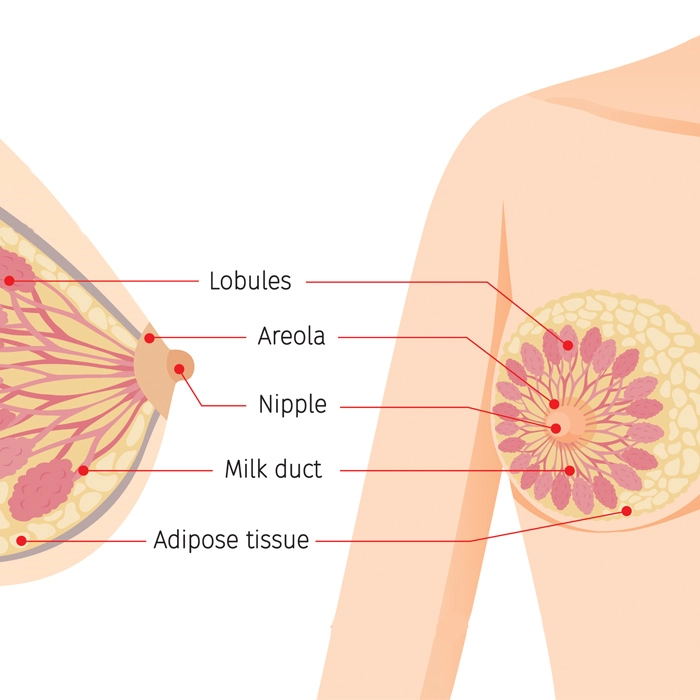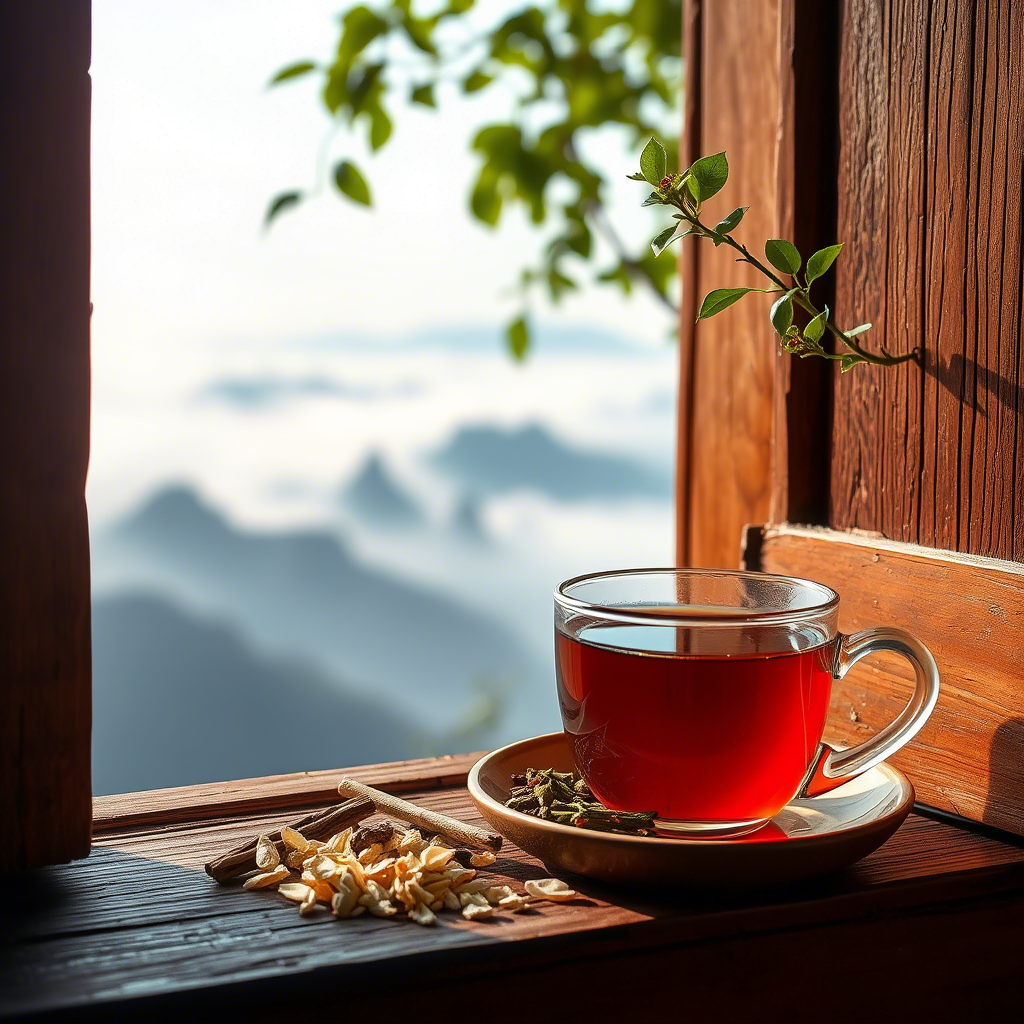Contents
- Categorizing nipple and breast pain
- Possible causes of nipple and breast pain
- Engorgement
- Clogged milk ducts
- Milk blebs or blisters
- Vasospasms, Raynaud's and nipple blanching
- Nipple fissure
- Nipple thrush
- Mastitis
- Breast abscess
- How long does nipple pain last while breastfeeding?
- Does nipple soreness go away by itself?
Categorizing nipple and breast pain
There are so many different types of nipple or breast pains: shooting, sharp, sore, deep, burning, stinging, tingling, like needles, electric shocks, etc.
And it's not only about pain. Breastfeeding mothers are also affected by discomforts such as swollen or bloated breasts, a feeling of oppression or distention, etc.
To understand exactly what's causing your pain or discomfort, we've listed below the most common causes of nipple pain, as well as common home remedies.
Solving nipple or breast issues early is very important. As we'll see later small pains or discomforts, if left untreated, can often worsen into bigger issues.
Possible causes of nipple and breast pain
Engorgement
- What is it?: Engorgement is when your breast's lobules are swollen with an excess of milk
- Type of pain: Mild and diffused, the breasts feel swollen and oppressed
- Main area affected: The lobules
- Is there inflammation?: No
Pain remedy
Simply release the breast milk stored in the breasts via breastfeeding or pumping. It will immediately relieve the pain. You can also drink a specialized herbal tea that helps prevent engorgement.

Clogged milk ducts
- What is it?: Milk ducts are the "pipes" inside your breasts. When they get clogged it results in hard lumps or nodules that look red and are hot to the touch. See how to identify them in pictures.
- Type of pain: Average to severe
- Main area affected: One or several milk ducts
- Is there inflammation?: Slightly
Pain remedy
There are many ways to remove clogged milk ducts, from special massages to herbal medicine. If you want a detailed overview, check our corresponding article.
Milk blebs or blisters
- What is it?: They're pimples, typically white or yellow/brown, that can appear on the nipple or areolas. Check our article with pictures to recognize them.
- Type of pain: Average
- Main area affected: The nipple or areola
- Is there inflammation?: Slightly
Pain remedy
You can use a nipple shield, pop the bleb or blister with a syringe (check instructions in this article) and drink a specialized anti-inflammation tea.
Vasospasms, Raynaud's and nipple blanching
- What is it?: When blood flow gets constricted in blood vessels it results in pain and a phenomenon called "blanching" (the nipple and/or areola are whitened due to lack of blood).
- Type of pain: from mild to severe
- Main area affected: Nipple or areola
- Is there inflammation?: Yes
Pain remedy
The causes behind vasospasms, Raynaud's and nipple blanching vary and so do the remedies. Check our dedicated article on the matter to understand what you can do.
Nipple fissure
- What is it?: Also called "cracked nipple", it's when you have an open wound in your nipple (or areola)
- Type of pain: Strong
- Main area affected: Nipple or areola
- Is there inflammation?: Yes
Pain remedy
It is not easy to heal as expressing milk tends to constantly reopen the wound. The best thing to do is to use a nipple shield and apply nipple cream on the fissure, which can act as a shield against bacteria. It's also recommended to drink a specialized anti-inflammation tea.
Nipple thrush
- What is it?: It is a kind of bacterial infection that develops from untreated nipple fissure (see above)
- Type of pain: Severe
- Main area affected: Nipple or areola
- Is there inflammation?: Yes
Pain remedy
Antibiotics might be suggested, in which case you'd need to stop breastfeeding or pumping (at least for a little while). Talk to your doctor or lactation consultant.
It also always helps to use a nipple shield, apply nipple cream and drink an anti-inflammation tea. You may also consider painkillers if the pain is too unbearable. Ibuprofen or Tylenol are considered better for breastfeeding mums as they are comparatively safe for both mothers and babies.
Mastitis
- What is it?: It is a severe infection of the breast that can develop from untreated clogged ducts, engorgement or other issues.
- Type of pain: Severe
- Main area affected: The whole breast
- Is there inflammation?: Yes
Pain remedy
Antibiotics might be suggested, in which case you'd need to stop breastfeeding or pumping (at least for a little while). Talk to your doctor or lactation consultant. If you're afraid of antibiotics, you can also look at ways to treat mastitis naturally.
You may also consider painkillers if the pain is too unbearable. Ibuprofen or Tylenol are considered better for breastfeeding mums as they are comparatively safe for both mothers and babies.
Read more
Breast abscess
- What is it?: This typically occurs when mastitis is not treated properly, the hard lump under the breast become pus due to inflammation
- Type of pain: Severe
- Main area affected: The whole breast
- Is there inflammation?: Yes
Pain remedy
This is an extreme case that requires medical treatment. It involves incision and drainage of the pus alongside antibiotics.
How long does nipple pain last while breastfeeding?
A lot of the issues listed above tend to occur in the beginning of your breastfeeding journey, in the first 1 to 3 months. This is because you're still finding your marks and your body is still not adapted to nursing your little one.
In terms of duration of the pain, it really depends on the issue. Some issues like engorgement are easily resolved while some others, like breast abscess, can even necessitate a surgical intervention.
In general severe issues are often a consequence of smaller issues that were left untreated. For instance relatively benign clogged ducts, if untreated, can worsen into mastitis which itself can worsen into breast abscess. When it comes to nipple pain it's therefore often a good idea to look at remedies as early as possible!
No matter what your issue is, don't let it discourage you from breastfeeding! At the end of the day, the extraordinary benefits of breastfeeding for your little one make it all worth it. See yourself like a hero soldier in a war to make your baby healthy: nipple pain doesn't seem too high a price to pay, does it?
Does nipple soreness go away by itself?
Nipple soreness is a special case. It is mostly caused by your nipples not being used to getting suckled on.
The more you nurse you little one, the less sore your nipples will be. The soreness typically takes a few weeks to disappear as your nipple skin hardens.
If the pain is just too unbearable you can consider some of the home remedies listed above, such as using a nipple shield or applying nipple cream. It's also always a good idea to drink a specialized anti-inflammation tea as it helps prevent small pains from becoming bigger.

